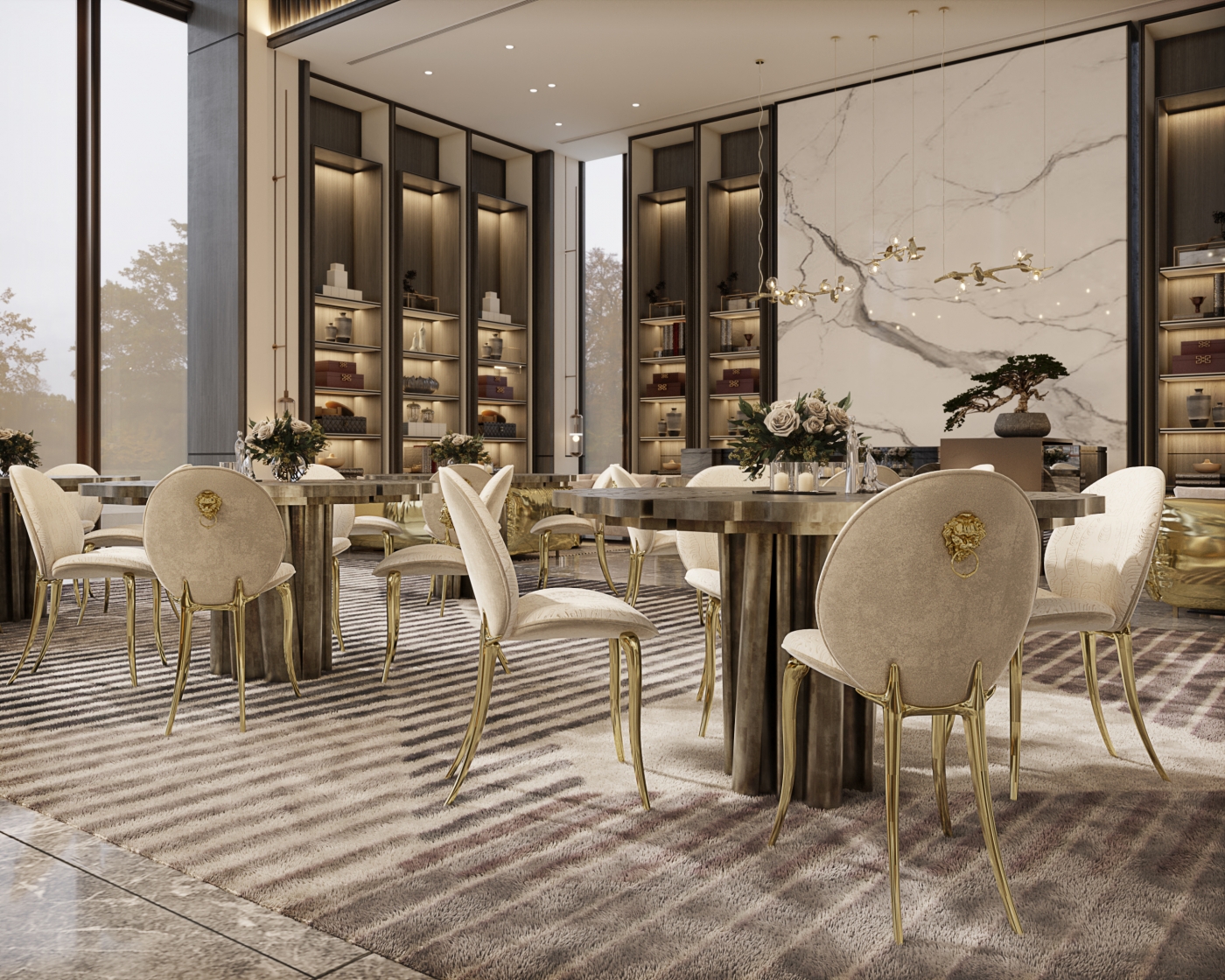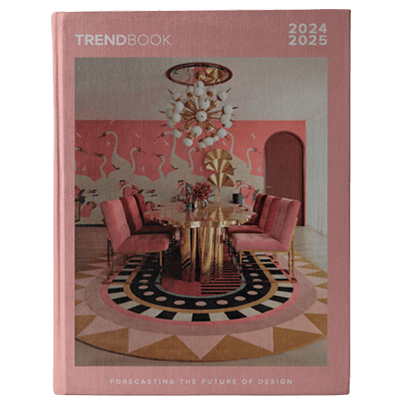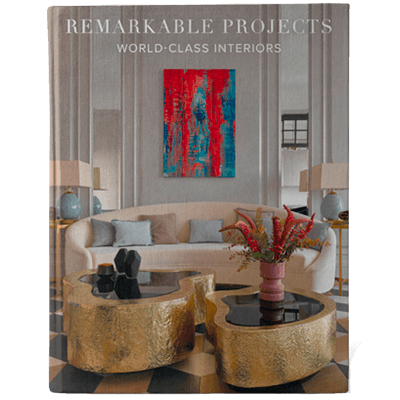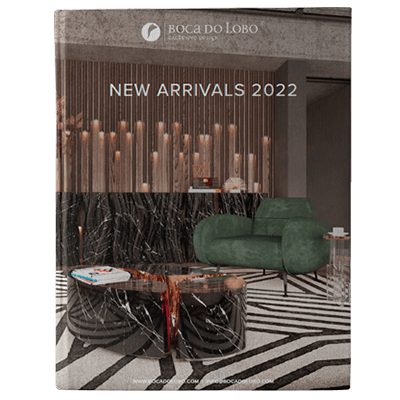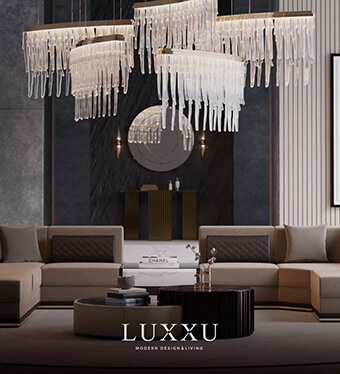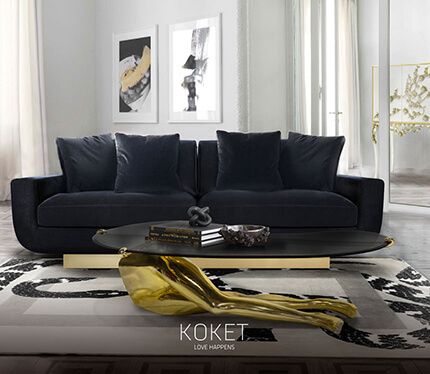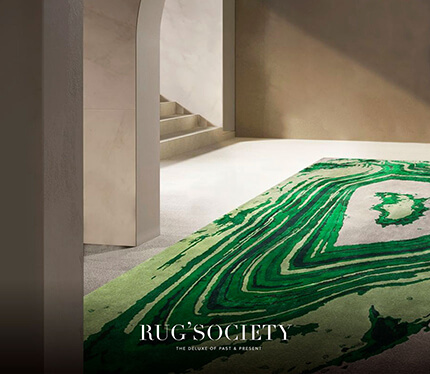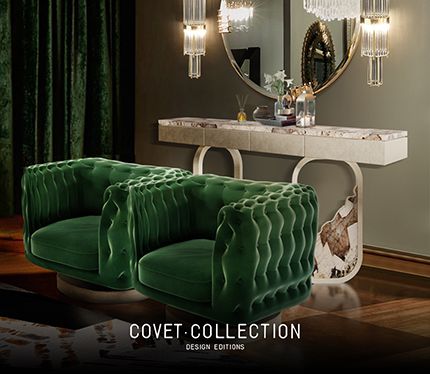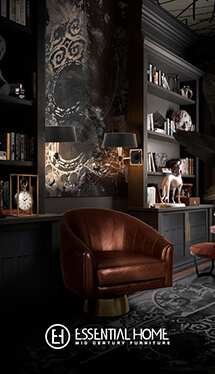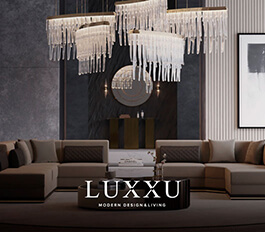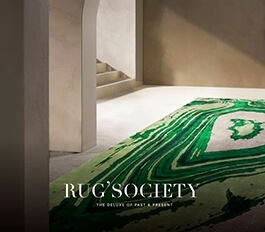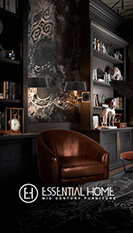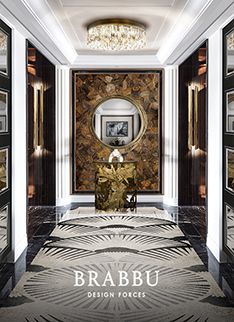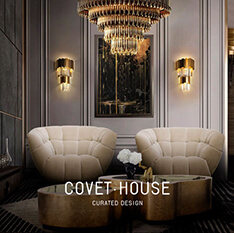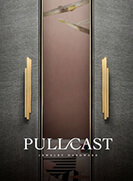
Milan Cathedral – Duomo
The Duomo, besides being an artistic monument, is a privileged place of prayer. The Cathedral is strongly linked to memory and to the Magisterium of the Bishops who have succeeded to the Throne of St. Ambrose and to the history of the millions of faithful who collect their thoughts there each year to celebrate the Sacred Mysteries.Sforza Castle
The Castle, one of the most representative and popular monuments in the city, has undergone over the centuries various and complex transformations; it has been defense fortress, military barracks, private residence and center of cultural institutions and museums.
Because of its evident defensive structure, it underwent sieges, demolitions and reconstructions of some parts of it during French, Spanish and Austrian domination.

Galleria Vittorio Emanuele II
The Galleria, a place of transit for busy managers or a stop for enchanted and curious tourists, expresses the various faces of the city through its many facets.
As soon as it was finished, the Galleria became immediately famous for its large size, extraordinary for the time and sign of a new era.
Teatro alla Scala
Teatro alla Scala, one of the world’s greatest opera houses, has hosted some of Italy’s most famous opera and other performances. Located in downtown, this 18th-century theater and cultural landmark, magnificently restored in 2004, seats many of its 2,000 spectators in elegant boxes adorned with gold leaf and red velvet. See Also: Milan Design Week 2018: The Events GuidePinacoteca di Brera
The Pinacoteca di Brera (Brera Art Gallery) houses one of the main art collections of Renaissance art in Italy with over 500 works dating from the 14th- 20th century. Opened to the public in 1809, it is situated in a beautiful 17th century building alongside the Accademia di Belli Arti (Academy of Fine Arts) in the Palazzo di Brera.Royal Palace of Milan
The Palazzo Reale, a former royal palace with its large halls, refined furnishings and sweeping staircase, is today an important exhibition venue and cultural center. With a space of 7,000 square meters, it regularly displays modern and contemporary artworks including many famous collections from around the world in collaboration with renowned museums and cultural institutions.
Basilica di Sant’Ambrogio
St Ambrose, the city patron saint and one-time superstar bishop, is buried in the crypt of this red-brick cathedral. It’s a fitting legacy, built and rebuilt with a purposeful simplicity that is truly uplifting: the seminal Lombard Romanesque basilica. Shimmering altar mosaics and a biographical golden altarpiece, which once served as the cladding for the saint’s sarcophagus, light up the shadowy vaulted interior.Via Monte Napoleone
The beautiful Via Monte Napoleone traces the old city walls built by Roman Emperor Maximian. In the first half of the 19th century, the street was reconstructed almost entirely in a neoclassical style and lined with the palaces of Milan’s highest aristocracy. As World War II came to a close, Via Monte Napoleone was transformed into Milan’s most sought-after fashion destination. Important buildings in the precinct include the Palazzo Melzi di Cusano, the Casa Carcassola and the Palazzetta Tarverna.Basilica di San Lorenzo
Built at the close of the 4th century, this church is one of the oldest in the city, rebuilt several times after fires in the 11th and 12th centuries and the collapse of the cupola in 1573. In front of the church are the Colonne di San Lorenzo, 16 Corinthian columns dating back to the 2nd and 3rd centuries, thought to have been moved here from a pagan temple in the 300s. In the centre of the courtyard, Emporer Constantine stands in bronze, a tribute to his Edict of Milan in 313, which ended Christian persecution within the Roman Empire.Triennale
The Triennale di Milano is a centre for contemporary art, architecture and design and has a reputation for being at the forefront on all of these disciplines. Rather than being a museum in the classical sense – one with a fixed collection – it is a space with continuously changing exhibitions. See Also: Milan Design Week 2018: The Events Guide


